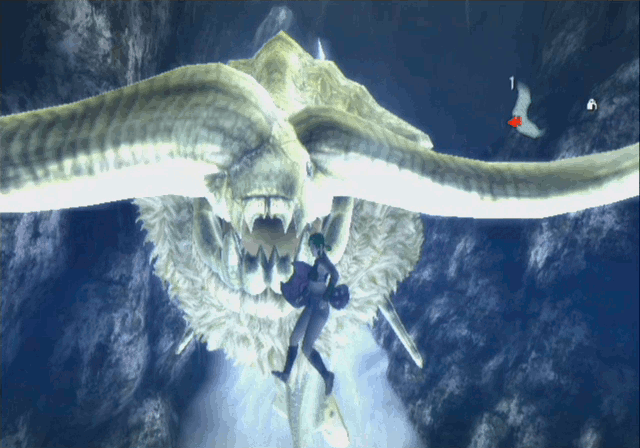Last week’s achievements
* Sent round 2 art feedback for Astrid and round 3 for Autumn
* Added and tested ~260 more fashion effects
* Simplified mechanics of status effects (“real” status effects, e.g. Poisoned, Paralyzed, Asleep, Bound)
* Began prototyping status and equipment menus
Current focus
The status and equipment menus.
Sample stuff
Celty has the most playable time and screen time of any character and she’s finally done!
Weekly goals
* Finish layouts of the prototype status menu and equipment menu
* Send in art requirements for character portraits
Comments
At last the fashion effects foundation is virtually finished. The exact Style bonuses the effects give are subject to change if I find they need to be rebalanced, of course, but since at least the structure is in place, that’s a minor and easy adjustment. (Think of it like painting the door of a house versus building an entire house.) Over 300 fashion effects to check for and so far I’m not crashing the framework, which is amazing in and of itself. =)
I’ve gotten rolling with the menus. They seem like a simple thing on paper and I figured I’d plow through them. In a way, I was right; implementation isn’t difficult. The fine-tuning to maximize space and not look crowded nor empty, though, is the kind of stuff perfectionists could dwell on forever. Aiming to cut it off after at most a week!







